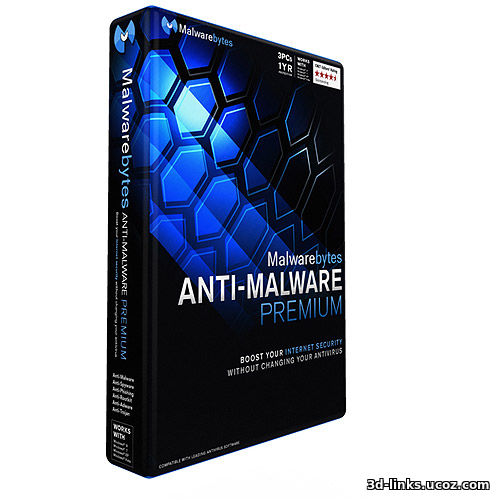
 RKILL (attempts to terminate malware processes so normal security software can run and clean infections). Crowd Inspect – Tool for identifying malicious processes. VirusTotal (free online service to scan suspicious files for malware threats). Microsoft Safety Scanner (free but limited time use threat scanning tool). If you suspect that you have installed malware or need more information, please visit our malware information and advice page. Even careful and conscientious users can have malware on their computers. It can be spread by opening e-mail attachments, visiting websites, using infected USB flash drives, CDs, or DVDs, by installing disguised video players, playing infected media files, or even by using purported anti-malware programs. “Malware” can slow down your computer or network access, steal private information, or be used by hackers to attack other machines. Malicious software includes viruses, worms, trojans, adware, spyware and similar threats. You will be prompted for credentials upon downloading.įor more information about Microsoft Defender Advance Threat Protection that you cannot find here, please refer to Microsoft’s website. Use of the software must cease when a student leaves the University or Health System.ĭownload access is restricted to those with a valid JHED LID (Johns Hopkins Enterprise Directory Login ID) and password. Johns Hopkins faculty, staff, and students may use Microsoft Defender at no cost on computers owned by the University or Health System as long as they remain part of the Johns Hopkins community. For Windows 7 systems, the Endpoint Protection Downloads page offers a link to Microsoft Security Essentials, though it is important to note that Windows 7 is End of Life as of January 14, 2020. For personally-owned computers Windows 8.1 and newer, Microsoft Defender (also known as Windows Defender) is a built in antivirus and real-time threat protection software integrated to the operating system. The software is freely available for your use, but only on Johns Hopkins-owned computers.
RKILL (attempts to terminate malware processes so normal security software can run and clean infections). Crowd Inspect – Tool for identifying malicious processes. VirusTotal (free online service to scan suspicious files for malware threats). Microsoft Safety Scanner (free but limited time use threat scanning tool). If you suspect that you have installed malware or need more information, please visit our malware information and advice page. Even careful and conscientious users can have malware on their computers. It can be spread by opening e-mail attachments, visiting websites, using infected USB flash drives, CDs, or DVDs, by installing disguised video players, playing infected media files, or even by using purported anti-malware programs. “Malware” can slow down your computer or network access, steal private information, or be used by hackers to attack other machines. Malicious software includes viruses, worms, trojans, adware, spyware and similar threats. You will be prompted for credentials upon downloading.įor more information about Microsoft Defender Advance Threat Protection that you cannot find here, please refer to Microsoft’s website. Use of the software must cease when a student leaves the University or Health System.ĭownload access is restricted to those with a valid JHED LID (Johns Hopkins Enterprise Directory Login ID) and password. Johns Hopkins faculty, staff, and students may use Microsoft Defender at no cost on computers owned by the University or Health System as long as they remain part of the Johns Hopkins community. For Windows 7 systems, the Endpoint Protection Downloads page offers a link to Microsoft Security Essentials, though it is important to note that Windows 7 is End of Life as of January 14, 2020. For personally-owned computers Windows 8.1 and newer, Microsoft Defender (also known as Windows Defender) is a built in antivirus and real-time threat protection software integrated to the operating system. The software is freely available for your use, but only on Johns Hopkins-owned computers. 
For Windows, Defender is installed by default on Windows 8.1 and above and Defender for Endpoint is available to managed computers via Enterprise SCCM. On behalf of the Johns Hopkins University and Medicine, offers Microsoft Defender for Endpoint, available for Windows, Mac OS X, and Linux operating systems. IOS: Microsoft Defender ATP Install InstructionsĪndroid: Microsoft Defender ATP Install Instructions For All Mobile Device users with a JHED ID






 0 kommentar(er)
0 kommentar(er)
